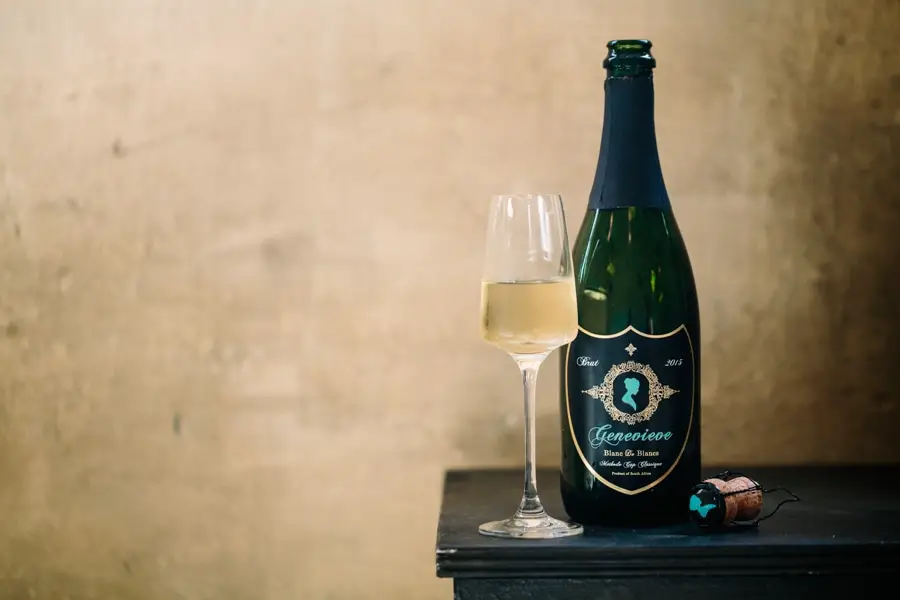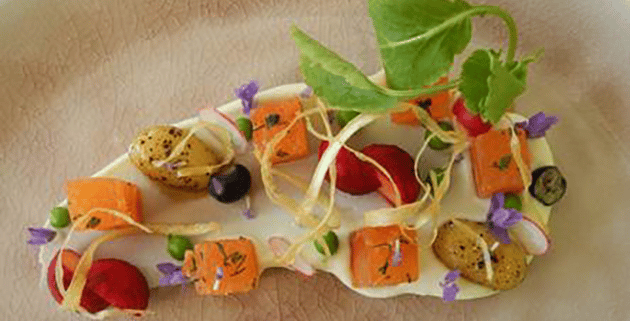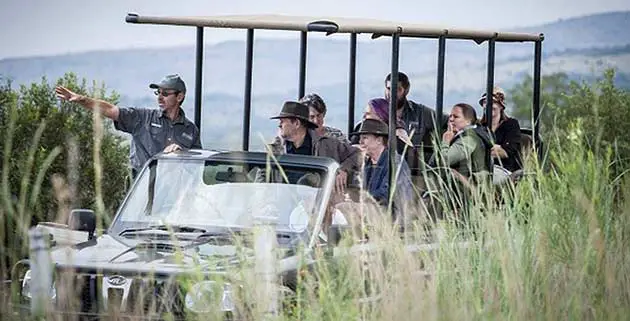The Red Bus Goes Green – City Sightseeing Lowers Water Consumption
City Sightseeing is committed to saving water and coming up with long-term solutions to ensure that the company uses as little water as possible. With effective water-saving habits and a desalination plant, the company has reduced its municipal water use from 8 000 litres of water a day to only 20 litres.
How does City Sightseeing save water?
In recent months, the company’s head office in Paarden Eiland, Cape Town, invested in a desalination plant near the premises.
“Because our head office is so close to the sea, it was viable to dig a well point that fills up with seawater,” says City Sightseeing South Africa owner and chairman Claus Tworeck. “We then installed a desalination plant that provides water for our entire head office; at the moment we can run 100% off the grid when it comes to water use.”
Desalination plants extract clean, drinkable water from saline water. The salt water is taken out of the well and is put into a tank, from where it goes into the plant. The water then undergoes a purification process called reverse osmosis that removes ions and molecules to create consumable water.
Beyond installing water-efficient technology, City Sightseeing has also significantly lowered the need for municipal water by cutting down on its overall water use.
The organisation is making a concerted effort to follow global best practice regarding water-conservation methods and to create alternative resources beyond using municipal water. “Even when the drought is over, most of these measures will stay in place”, Tworeck says. “Global warming is a reality and these little initiatives will go a long way towards sustainability. ”
Watch this informative video to see how City Sightseeing saves water:
Small changes with big results
In addition to the desalination plant, City Sightseeing has prioritised water-saving measures in running its daily operations.
One small measure with a big impact has been the changing of hand-basin tap heads. “It’s gone from between six and nine litres a minute, to around 0.9 litres a minute, which is just a fine spray that comes out of the taps,” Tworeck says.
Additional steps include putting bricks into toilet cisterns, which allows for unchanged water pressure when flushing but using less water. “We’re now down to about 3.5 litres of water per flush,” Tworeck says, “and even though we’re using desalinated water, we’ve really tried to limit our consumption.” Toilets can use anywhere from six to 13 litres per flush, depending on the model and make.
Another innovative practice is the harvesting of water from the air conditioning system. City Sightseeing staff uses this water for handwashing, and for mopping and cleaning the buses.
The easily recognisable red buses are on a once-a-week washing schedule to help ease the pressure during the water crisis.
These practices have been implemented across all City Sightseeing’s tour offices. The harvested water from air conditioners is also used to water plants around the various offices. Staff are fully on board and are using these practices at home, too.
The results speak for themselves
Before the installation of the desalination plant, the City Sightseeing head office used about 8 000 litres of municipal water a day.
Following the installation of the plant, municipal water use has dropped to around 20 litres of water a day. That’s even less than the daily 50-litre per-person allowance that the City of Cape Town has implemented.
Beyond saving water
In addition to the installation of the desalination plant, City Sightseeing has also made the shift towards installing solar-energy panels at its head office.
This will assist in lowering its carbon footprint and being more energy efficient in the future. The head office is producing 80% of the energy it needs through solar energy.
Other ongoing initiatives include banning plastic straws in the tour offices and providing customers with paper bags for their purchases.
City Sightseeing is also the first bus company in South Africa to be certified carbon neutral. To further lower its overall carbon footprint, City Sightseeing has started investigating electric double-decker buses as a viable option in the future. While South Africa doesn’t have the necessary infrastructure to implement this immediately, this may become feasible in the next three to four years.
How can visitors help?
We urge tourists to keep coming to our beautiful city while being mindful of the drought. City Sightseeing ticket offices have signage explaining the water crisis to visitors, while the audio commentary for Cape Town tour routes also mentions the drought.
Tworeck explains: “Once tourists are here, they just need to be mindful that water is a scarce resource. It’s not a case of not consuming water, it’s about not wasting it.”
For more information visit citysightseeing.co.za





